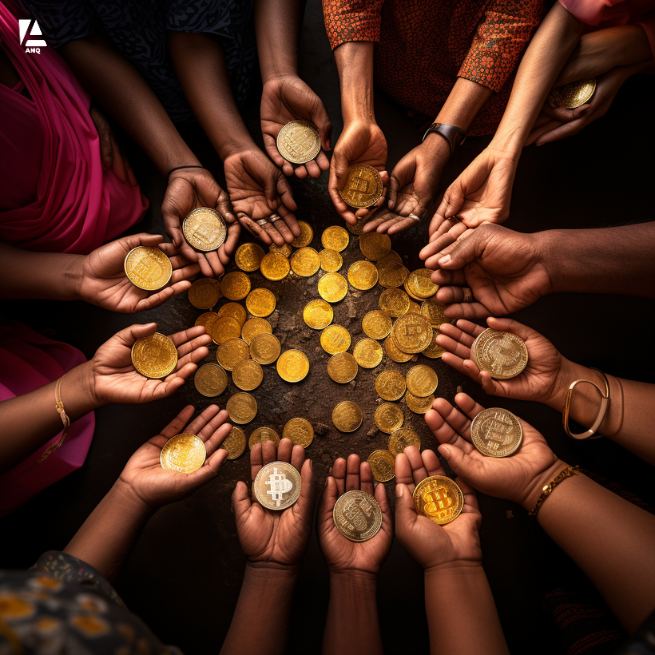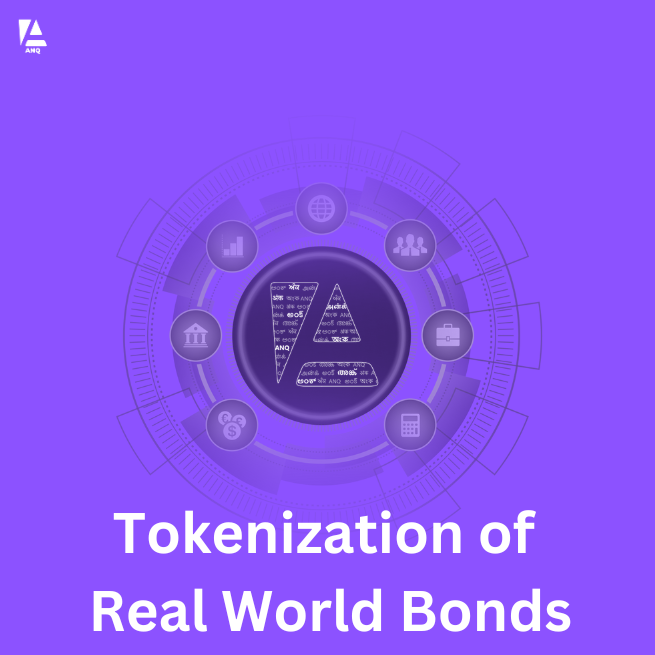Real-World Asset Tokenization: Revolutionizing Ownership and Investment

In recent years, blockchain technology has introduced a transformative concept known as asset tokenization, bringing traditional real-world assets into the digital realm. Tokenization involves converting the ownership of an asset, such as real estate, artwork, or commodities, into digital tokens on a blockchain. This innovation offers numerous benefits, including increased liquidity, fractional ownership, enhanced security, and global accessibility. In this blog, we will delve into the world of real-world asset tokenization, exploring its applications, advantages, and some real-life examples.
Understanding Real-World Asset Tokenization
Asset tokenization is essentially the process of converting a tangible or intangible asset into a digital representation or token on a blockchain. These tokens are programmable and can be easily transferred, traded, and subdivided, opening up a whole new world of possibilities for investors and asset owners alike.
Key Advantages of Asset Tokenization:
- Increased Liquidity: By tokenizing assets, their ownership becomes more accessible to a broader range of investors, reducing barriers to entry and facilitating fractional ownership. This increased liquidity can make traditionally illiquid assets like real estate more easily tradable.
- Fractional Ownership: Tokenization allows assets to be divided into smaller, tradable units, enabling investors to own fractions of high-value assets. This fractional ownership democratizes investment opportunities and makes it possible for individuals to participate in markets that were previously reserved for institutional investors.
- Enhanced Security: Blockchain technology underpins tokenization, ensuring a transparent and immutable record of ownership. This distributed ledger system enhances security and reduces the risk of fraudulent activities.
- Global Accessibility: Asset tokenization breaks down geographical barriers and enables cross-border investment, allowing investors from around the world to participate in various markets.
Real-Life Examples of Asset Tokenization:
- Real Estate Tokenization: One of the most significant applications of asset tokenization is in the real estate sector. For instance, imagine a commercial property worth millions of dollars. Through tokenization, the property's ownership can be represented by digital tokens, allowing investors to buy and trade fractional shares of the property. This fractional ownership model grants more people access to real estate investments, making it an attractive option for both property owners and investors.
- Artwork and Collectibles: Valuable artwork and collectibles can be tokenized, making ownership more flexible and tradeable. Tokenization of artworks allows art enthusiasts to invest in renowned masterpieces without having to purchase the entire artwork. This democratizes the art market, as smaller investors can now participate in this traditionally exclusive space.
- Commodities and Natural Resources: Tokenization can extend to commodities like gold, silver, oil, and even agricultural products. These tokenized assets can be more easily traded, enabling investors to diversify their portfolios and hedge against inflation and market fluctuations.
- Intellectual Property Rights: Tokenization also finds applications in intellectual property rights, such as patents and trademarks. By tokenizing these rights, creators and inventors can sell or license them in smaller portions, attracting a broader range of buyers and potentially increasing revenue streams.
Asset tokenization has emerged as a revolutionary concept with the potential to reshape the traditional financial landscape. By converting real-world assets into digital tokens, this technology offers increased liquidity, fractional ownership opportunities, enhanced security, and global accessibility to investors. Real estate, artwork, commodities, and intellectual property are just a few examples of assets that can benefit from tokenization.
While asset tokenization holds great promise, there are still regulatory and legal challenges to be addressed. As the technology evolves and gains wider acceptance, we can expect to see more innovative use cases and a broader range of assets being tokenized. The future of finance is being rewritten through the convergence of blockchain and traditional assets, and asset tokenization is at the forefront of this transformative movement.

Read more on views on Bond Tokenization

